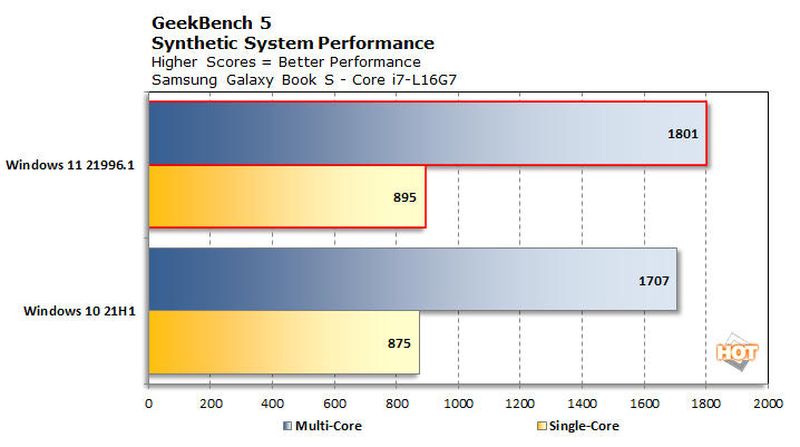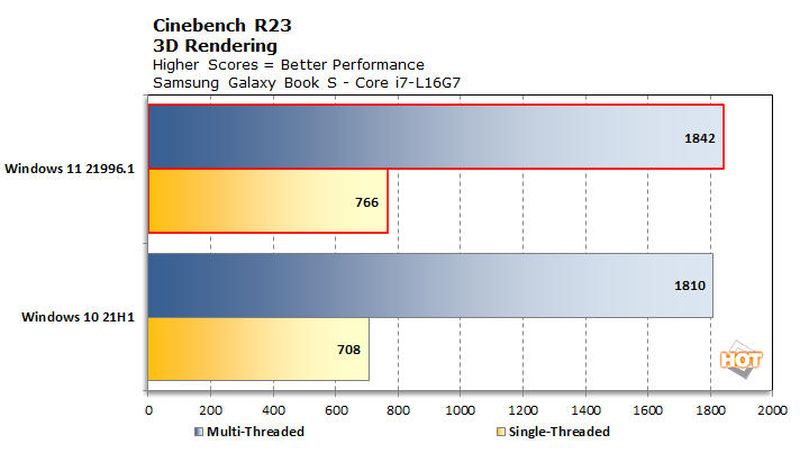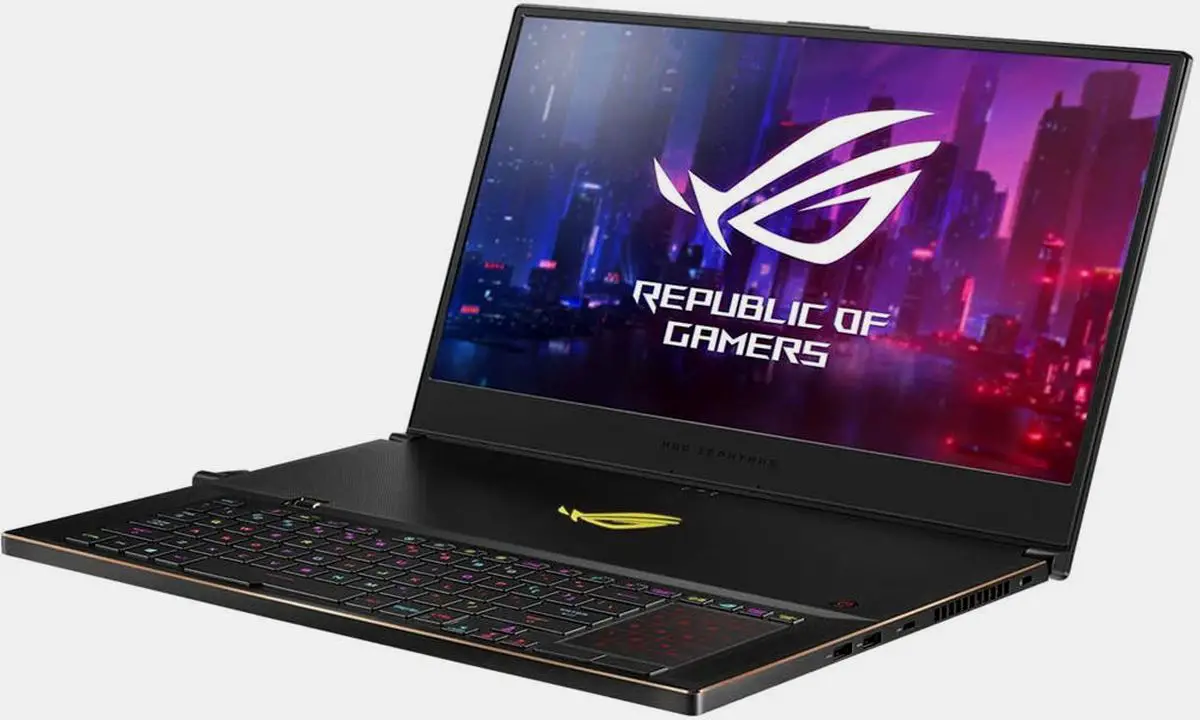The first details of Windows 11 had focused on showing the visual aspects of the next Microsoft operating system, the user interface mainly with the start menu floating above the taskbar and that by default is centered in the middle of the screen, in addition to the return of widgets and other components that we had seen in the development of Windows 10X.
Another important section in any software is performance. And good news comes from the first benchmarks performed on the leaked versions, although it should be clarified precisely that, they are not official versions, we do not know if they have activated in them all services and the precise conditions of the tests.
Windows 11: Higher performance
One of the tests has been performed on an ASUS laptop with Intel Core i7-10875H processor and NVIDIA GeForce RTX 2070 Super dedicated graphics, using the leaked build 21996.1. of Windows 11.
The benchmarks, compared to Windows 10, show significant and consistent performance improvements. First, boot time is three seconds shorter (from 16 seconds to 13 seconds). This is a good start and a good sign for the overall performance of Windows 11, although as we said above we would have to know in detail the services loaded at system startup.
Another of the tests run was the Time Spy test. It is one of those included in the 3D Mark benchmark, one of the most complete and demanding in the industry, and where Windows 11 increased the performance of the CPU from 6,927 to 7,426 points and is a great way that of the GPU since it went from 6,573 to 8,886 points.
The storage drive performance test under CrystalDiskMark also showed improvements, although we don’t know the drive capacity and test conditions.
As for the Geekbench that evaluates processor performance, it shows an advance from 1,138 points on Windows 10 to 1,251 on Windows 11 in the single-core test, but the best comes from the multi-core with an impressive increase: from 6,284 to 7,444 points.
More tests
The second set of tests has been performed by Hot Hardware in this case using a Samsung Galaxy Book S with the Core i7-L16G7 and testing the laptop with Cinebench, Geekbench, 3DMark Night Raid, and PCMark.

All tests show performance improvements and are important considering that both Intel and AMD are going to use this type of hybrid designs similar to ARM’s big-LITTLE in upcoming processor platforms.

Very good data, although take conclusions with caution until we have an official version developed enough for definitive testing. And check the performance in real applications not only in synthetic tests.
Yes, Microsoft indeed did a good job in this section with Windows 10. Performance has not been a problem and the system has been able to run on low hardware level equipment. If the kernel can be further polished and legacy components removed, it can surely advance in performance, very important beyond the visual renewal that we expect.





